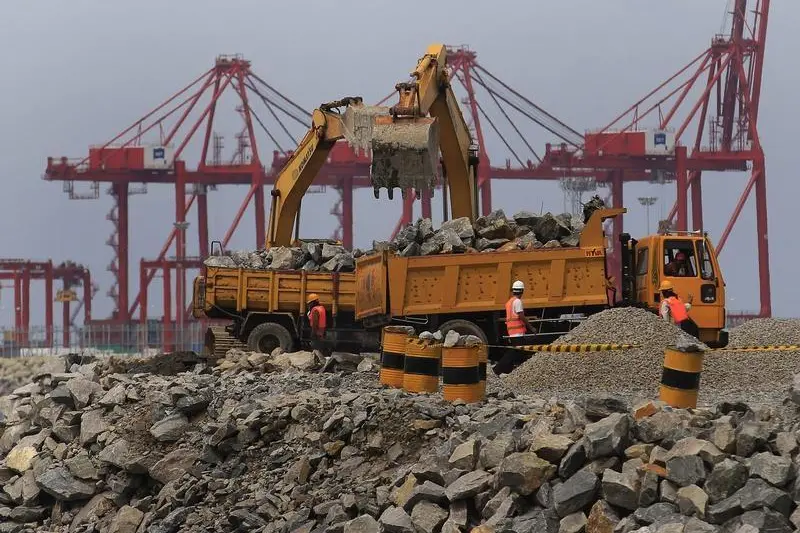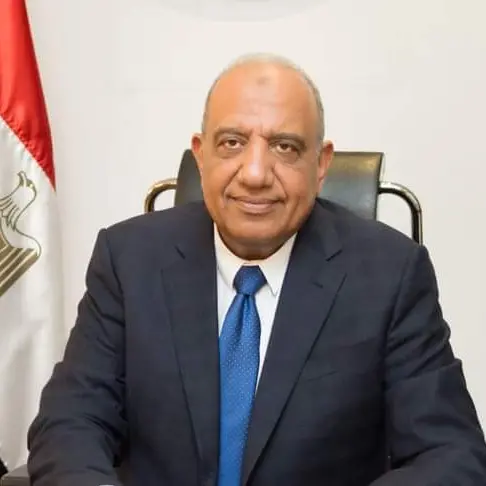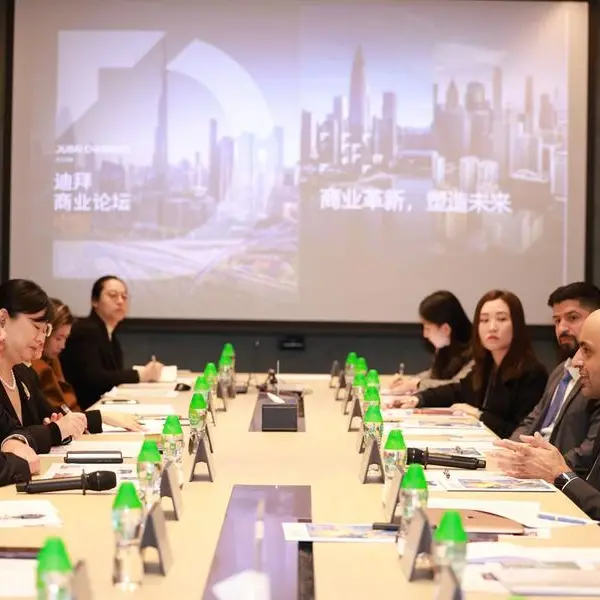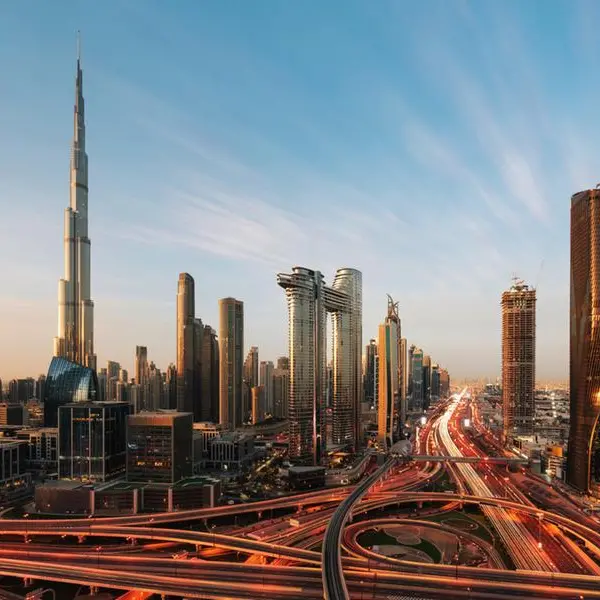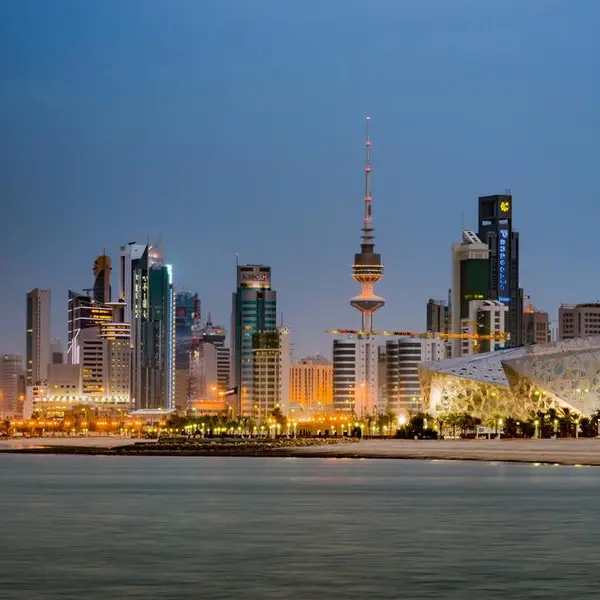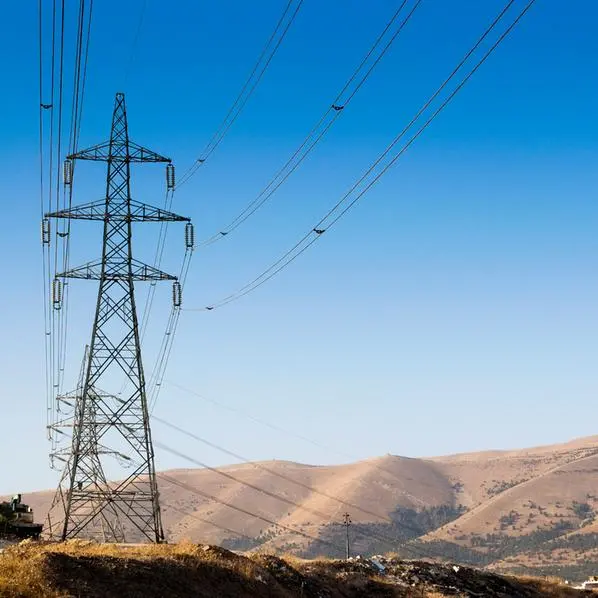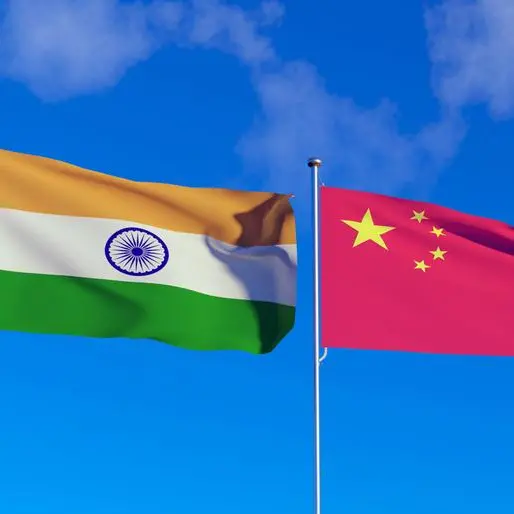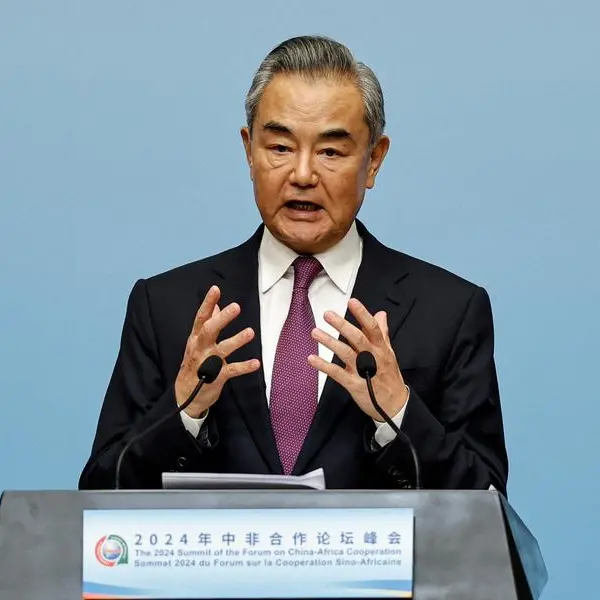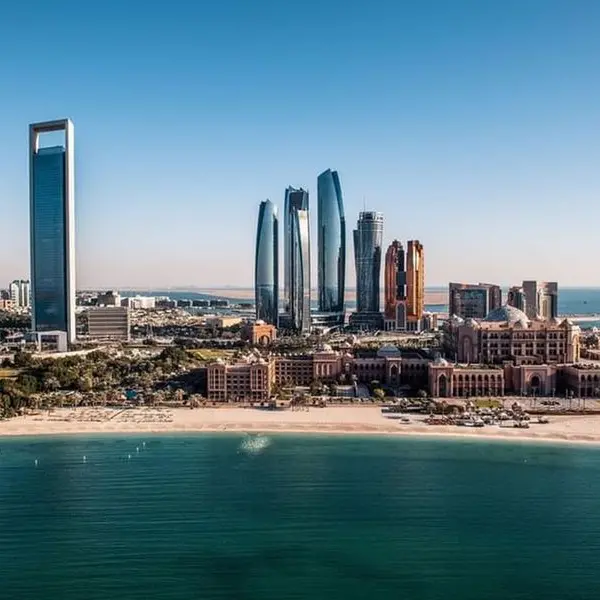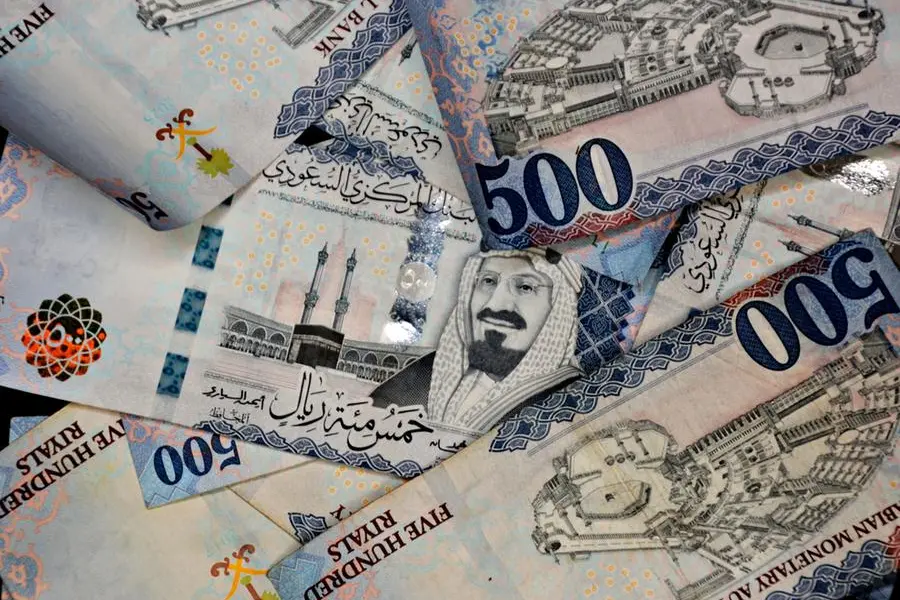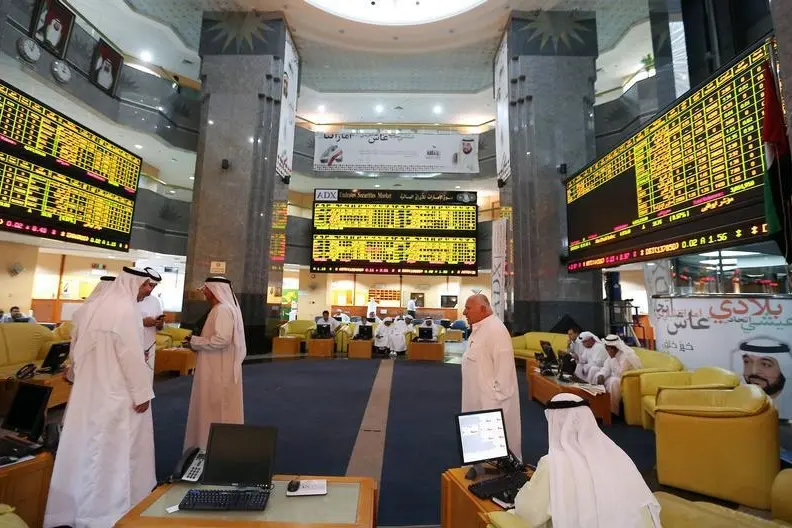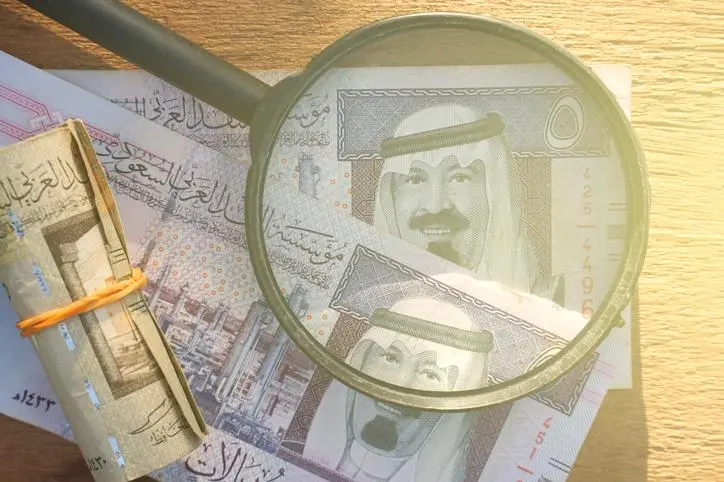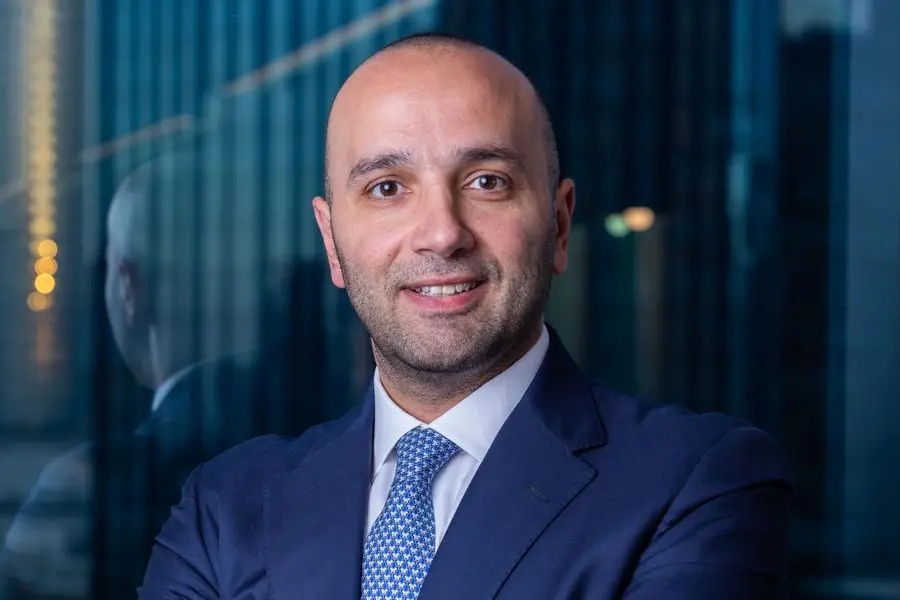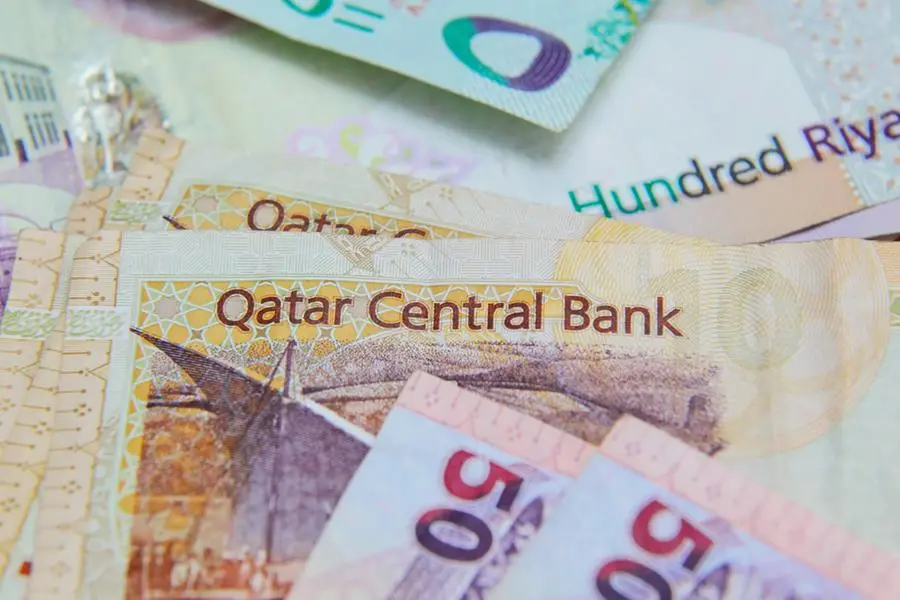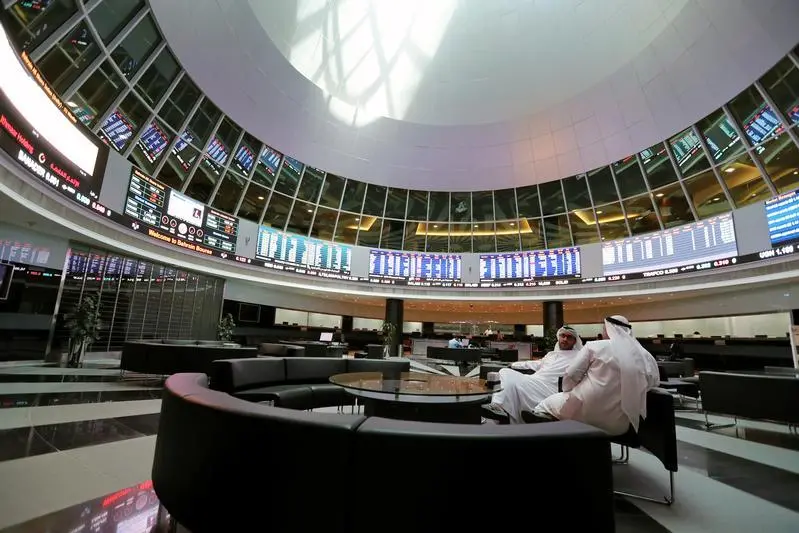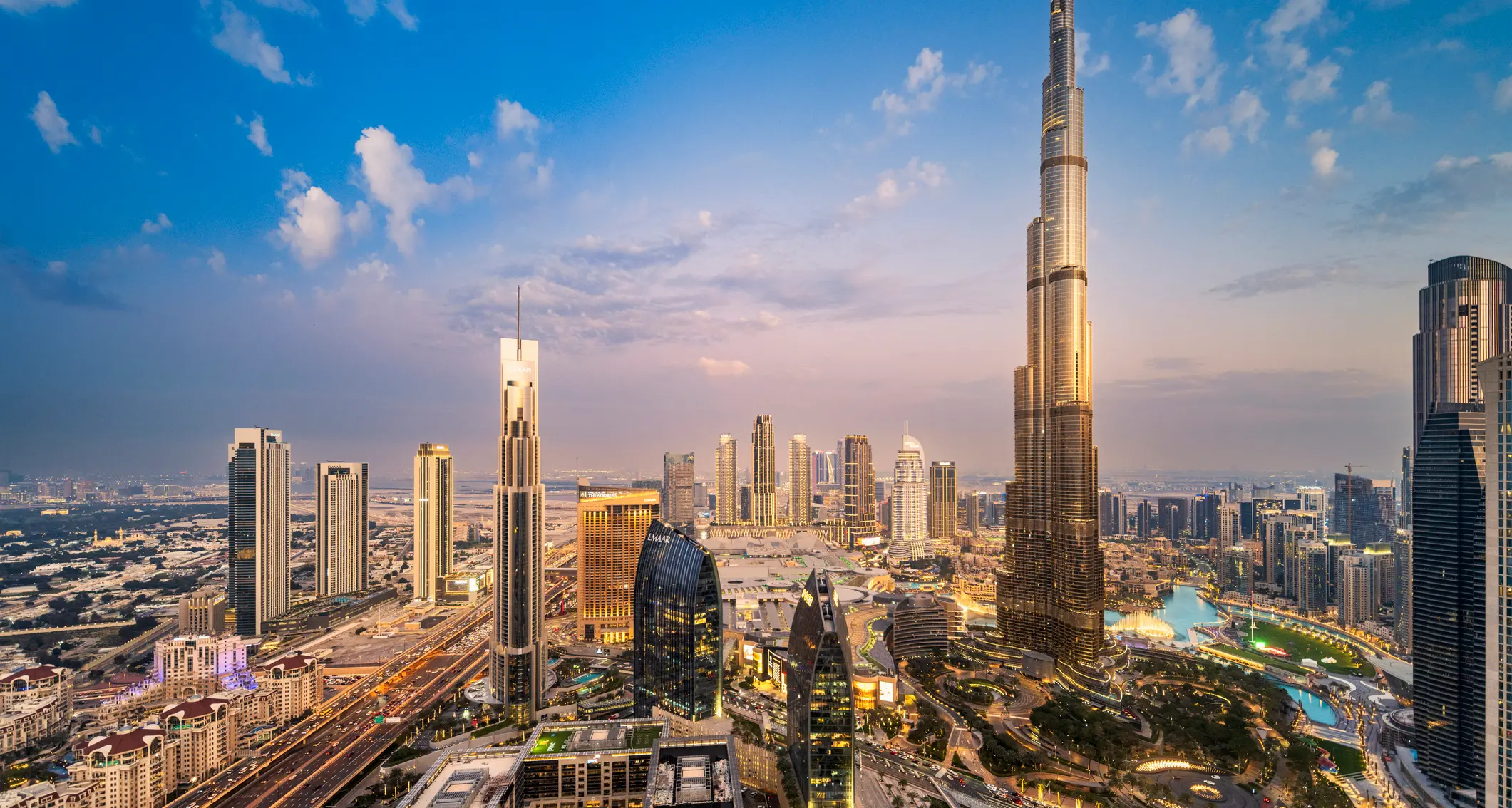PHOTO
Chinese President Xi Jinping has called for the deepening of three initiatives of the two countries to create three engines for further development of bilateral relations, China’s English news channel CGTN reported.
These include China’s Belt and Road Initiative (BRI) and Mongolia’s Prairie Road development strategy, China’s Global Development Initiative (GDI) and Mongolia’s New Revival Policy, and China’s “two-stage” strategic plan and Mongolia’s long-term development policy.
In 2013, Xi proposed the Belt and Road Initiative to improve regional connectivity and economic integration.
Mongolia’s Prairie Road development strategy is an economic programme to boost trade with neighboring markets, the news report said. The New Revival Policy covers extensive reforms in port, energy, industry, green development.
During Mongolian President Ukhnaagiin Khurelsuh’s visit to China, Xi expressed Beijing’s readiness to deepen bilateral cooperation in areas such as economics and trade, energy and mining, connectivity, information technology and deep processing of livestock products.
Xi said China backs Mongolia’s “Planting One Billion Trees” plan and is ready to examine the possibility with the Mongolian side of setting up a Sino-Mongolian cooperation center for desertification control.
The Chinese president called for enabling the construction of the China-Mongolia-Russia Economic Corridor and the project of laying the China-Russia gas pipeline traversing Mongolia, CGTN said.
The first China-Europe freight train from Jinzhou Port in China to Helsinki, Finland, via Choibalsan City in Mongolia, was launched in August this year, which aligns with the construction of the China-Mongolia-Russia Economic Corridor, the news report said.
Zuunbayan-Khangi railway, the third railway to connect Mongolia with China, started operations on 25 November.
(Writing by P Deol; Editing by Anoop Menon)
